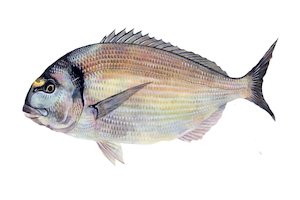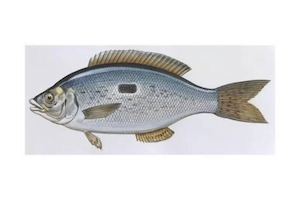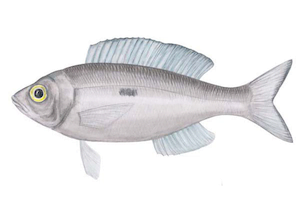 |
|
|
|
 |
|
Nisyros is the younger of the major active volcanoes in Greece. The age of the oldest rocks that can be seen here is almost 160,000 years; the newest of them date almost to the prehistoric ages, approximately 20,000 years ago.
|
|
The first volcanic eruptions in the greater area of Nisyros, on the eastern extremity of the South Aegean volcanic arc, are dated 3.4 million years ago. Since that time, the main part of western Kos as well as the islets of Pyrgousa, Pahia, Strongili and Yali around Nisyros, and the latter itself, were formed through minor or major eruptions.
|
|
The time when the creation of the underwater foundations of Nisyros began is not precisely known. It is certain that it took a few tens of thousands of years of underwater volcanic activity until the first peak of the island rose above the waters of Aegean, approximately 150,000 years ago.
|
|
After emerging from the sea, the volcano started to form a terrestrial cone. A large volcanic cone was formed above the sea level oevr the next 100,000 years, a product of the succession of tephra and lava layers. Its diameter was around seven (7) kilometers; peak height was 700 meters.
|
|
The first major devastating eruption occurred on the island approximately 40,000 years ago. In just a few days, billion tons of molten rock ejected into the air, producing a large volume of pumice and ash. The volcano top collapsed in the void created under the island, following ejection of magma; thus, the first Nisyros caldera was created.
|
|
Following the eruption, the viscous molten rock built up the large lava domes close to the eastern edges of the first caldera; very viscous lava flows from this material covered the southeastern slopes of the volcano and the present village of Nikia is built upon such materials.
|
|
The ensuing period of rest is interrupted by the second devastating eruption in Nisyros, approximately 35,000 years ago; this would accrue new pumice layers on the island, eventually producing the current caldera of Nisyros..
|
|
Following the major eruption, magma slowly spurted out for several thousand years, creating the ‘post-caldera domes’, the tall hills that fill approximately 2/3 of the caldera. The Karaviotis dome was erected out of the caldera and thus Nisyros obtained its current form.
|
|
The Yali islet is the newer volcanic center of the area. The southwestern part of the island comprises thick pumice beds deposited by two eruptions, approximately 50,000 and 30,000 years ago. The northeastern part comprises exclusively of thick natural glass flows (the island having been named after them: ‘yali’ = glass), the renowned Yali obsidian and perlite, aged approximately 25,000 years.
|
|
None of the subsequent volcanic eruptions produced molten rock. They were all hydrothermal eruptions resulting from the presence of superheated steam under the surface of the island. Sea water and meteoric water penetrated the rock beds of the island to accumulate in deep tables and become hot by the magma. There, water turns into superheated steam, exerting enormous pressures and when the weight and cohesion of the latter can no longer withstand such pressure, they are blown apart causing a hydrothermal explosion.
|
|
All explosions recorded on Nisyros during historic ages were of this kind. Traces of 20 such craters can be found at the southernmost part of caldera bottom. 10 of them are well preserved and each is uniquely named.
|
|
The largest and most prominent of all craters is Stefanos, the leading tourist attraction, adeptly exhibited as ‘the volcano’. The most recent hydrothermal craters are accumulated in the Lofos area, a small post-calderic dome literally blown apart by hydrothermal explosions. This place is home to 6 well preserved craters. The creation of three of them is recorded in historic references.
|
|
In October or late November 1871, a strong quake initiated a series of hydrothermal explosions, which by 1873 had created the two minor craters of Polyvotis and Alexandros (or Flegethro).
|
|
The last hydrothermal explosion recorded on Nisyros dates back to 1887; it created the Small Polyvotis crater.
|
 |
|
 |
|
 |






































































































































































































































